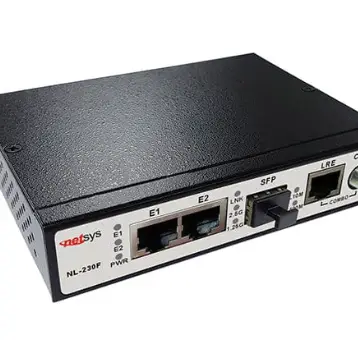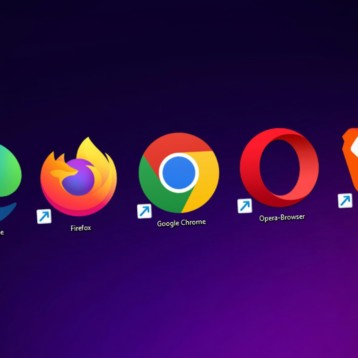
Conference calls are a necessary component of any business. Whether you’re discussing this quarter’s profits, the introduction of a new product or service, or updating everyone on policy changes, you want a crisp, clear audio or video platform to utilize for the best calls.
There are certain steps that you’ll need to consider before setting up a conference call in order to maximize its effectiveness and be certain you won’t put your participants to sleep. In this simple guide, we’ll cover everything from using and agenda to choosing the perfect platform to host your calls on. Keep reading to learn the five easy steps to improve your conference calling.
1. Try Online Conference Services
For decades now, businesses have been confined to using strictly landline or cellphone audio platforms to host conference calls. The limitations of landlines speak for themselves; costly, charging extra for long-distance/multiple callers, etc. Even cellphones have their limitations when it comes to long-distance calling and multiple callers on the same call.
Online conferencing solutions like Vast Conference changed all that by providing an easy to use online platform to host crystal-clear conference calls without the hassle of cords, landline plans, and the limitations that come with them. Online conferencing tools allow you to host meetings with hundreds of participants with no long-distance fees. Since the call is hosted online, anyone can join from just about anywhere in the world.
Save yourself the time and hassle of landlines or cellphone plans with an online conferencing service. You’ll find these services are cost-effective as well, usually billed as a monthly premium that will undoubtedly fall well below your current phone costs. Give it a try today and see just what it can do for your business! Make sure you have a proper internet connection before starting the conference call. You may need to install cell phone signal booster
2. Always Use An Agenda
There should be a hard law against hosting a meeting with no agenda. It’s pure chaos! You’ll start wanting to talk about last quarter’s sales numbers, but you wind up with ten different side conversations, one participant who’s half-asleep in their chair, and a general sense of disorganization. No one wants that. Let’s be honest for a minute; no one is looking at their calendar and thinking “Oh boy! I can’t wait for tomorrow’s conference call!”
Conference calls are a business event that needs to be kept short and sweet. An agenda can help you plan when the meeting will take place, what platform you’ll use to host it, who will attend, and what will be discussed. An agenda helps keep everyone on track and prevents your 45-minute discussion from spiraling into a two-hour debate.
You should always share your agenda with your callers a few days ahead of time so that adjustments can be made prior to the call and so they’ll know what to expect. If you find the call is starting to derail, you can refer everyone back to the agenda. Think of your agenda as sort of a roadmap for your calls. Without it, you’re stuck wandering around figuring out who to ask for directions. Just use an agenda!
3. Keep Your Meetings Under An Hour
This tip is actually recommended by business experts and several online publications. There’s even a “golden hour” when you should be hosting your meetings for maximum productivity, but let’s focus on why meetings should remain under 60 minutes.
First and foremost, after an hour, you’re going to start losing everyone’s attention. It’s that simple. Attendees get bored, distracted, or uncomfortable after about 45 minutes to an hour in a conference call. Secondly, the shorter your meeting is, the more focused everyone will be for its duration, and, therefore, the more productive it will be overall.
Finally, keeping your meetings under an hour prevents them from severely impacting the rest of the workday. Have you ever attended a meeting that made you feel drained afterward? We all have! Those meetings leave a lasting impact on the rest of the day.
4. Set Clear Expectations
Like any other business function, your meetings should have an ultimate goal that you’re working toward, along with expectations for your callers. If you expect everyone to be on track and keep the meeting short, let it be known immediately. If you expect everyone to participate, let it be known. If you don’t share your expectations, they can’t exactly be followed, can they?
It’s a good idea to write down the meeting goals on your agenda as well. This ensures that everyone knows what the purpose and the outcome of the meeting should be before the meeting ever starts.
5. Give Everyone A Voice
If you invite ten people to a meeting and only three of them speak, it sort of defeats the purpose of inviting that many people. After all, the purpose of a conference call is to discuss something. Sometimes, people in a conference call can feel like they aren’t being heard or don’t have a voice, so it’s a good idea to encourage the quiet ones with a little reassurance.
This is actually quite simple; just say things like “Susan, you haven’t said much; do you have any thoughts on this week’s sales you’d like to share?” or “Allan, what do you think about how we’re handling this profit loss?”
The more people that participate in your call, the more productive it will be, and the better you’ll feel once it’s over. Imagine hosting a party and only two friends show up; it’s sort of the same idea with conference calls. Keep it short, sweet, and make sure everyone participates!







![10 Top Game Sites Not Blocked By School [2024 Updated]](https://thefutureofthings.com/wp-content/uploads/2024/10/image-25-358x358.png)


